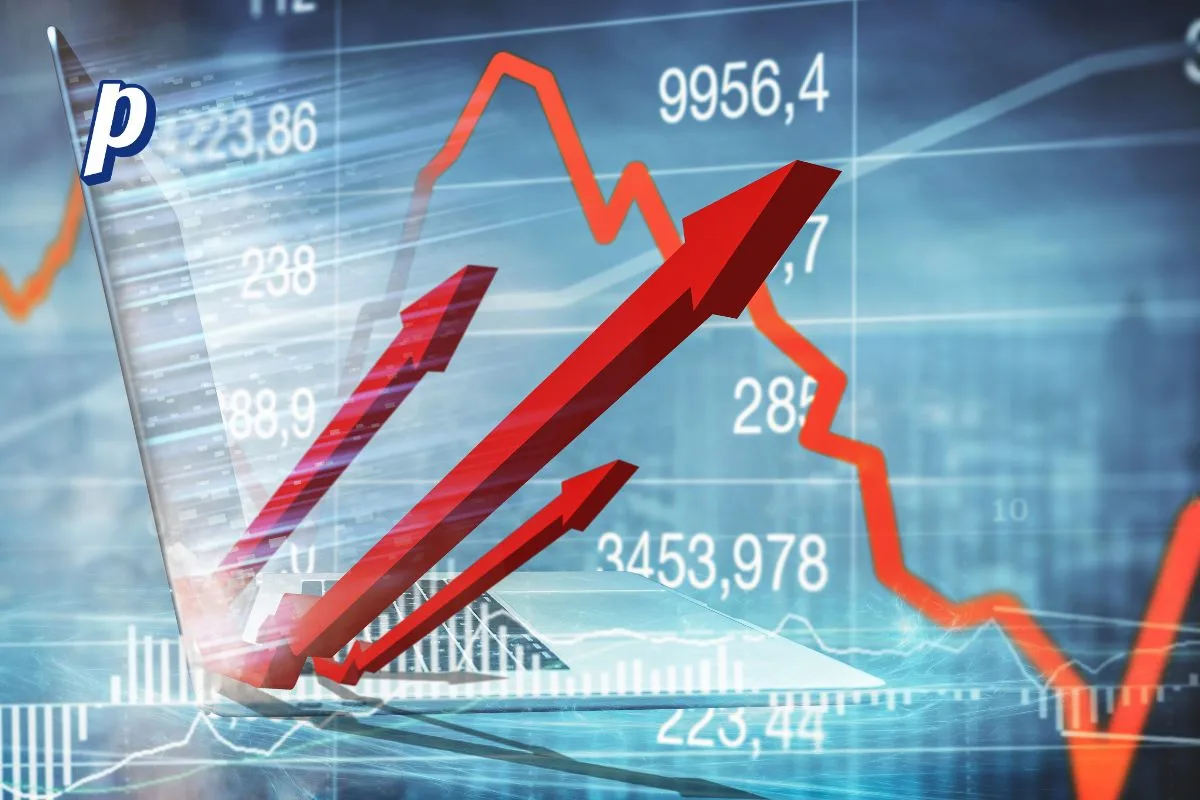Explore the factors that could influence global inflation in 2025, including monetary policies, wage adjustments, and trade dynamics, and understand regional projections and potential risks.
As 2025 approaches, concerns about the potential resurgence of inflation are at the forefront of economic discussions. Understanding the factors that could influence inflation in the coming year is crucial for policymakers, businesses, and consumers alike.
Current Inflation Landscape
In recent years, global economies have grappled with varying inflation rates. The COVID-19 pandemic, supply chain disruptions, and geopolitical tensions have all contributed to price volatility. As of late 2024, many countries have implemented measures to curb rising prices, with varying degrees of success.
Factors Influencing Inflation in 2025
- Monetary Policies: Central banks worldwide have adjusted interest rates to manage economic growth and control inflation. For instance, Mexico’s central bank is considering rate cuts in early 2025, which could influence inflation dynamics.
- Wage Adjustments: Significant wage increases can lead to higher consumer spending, potentially driving up prices. Turkey’s recent decision to raise the monthly minimum wage by 30% in 2025 is an example that may impact inflation rates.
- Global Economic Growth: Projections indicate solid global economic growth in 2025, which could affect demand-pull inflation. Analysts suggest that this growth may be accompanied by moderate inflationary pressures.
- Trade Policies and Tariffs: Recent discussions about implementing new tariffs have led economists to adjust their inflation forecasts for 2025, anticipating a slight increase due to potential trade barriers.
Regional Inflation Projections
- United States: The U.S. is expected to experience a gradual decline in inflation, with projections indicating a rate of around 2.1% by late 2025. However, potential tariffs could cause a slight uptick to approximately 2.3% by the end of 2026.
- Eurozone: The euro area is projected to maintain inflation rates close to the European Central Bank’s target, with forecasts suggesting stability around 2% through 2025.
- Emerging Markets: Countries like Turkey may face higher inflation rates due to substantial wage hikes and other domestic factors. Turkey’s inflation, for instance, is expected to rise following the 30% minimum wage increase.
Potential Risks and Considerations
- Supply Chain Disruptions: Ongoing geopolitical tensions and potential new trade barriers could disrupt supply chains, leading to shortages and increased production costs, thereby fueling inflation.
- Energy Prices: Fluctuations in oil and gas prices can have a significant impact on transportation and manufacturing costs, influencing overall inflation.
- Consumer Behavior: Changes in consumer spending patterns, driven by wage increases or shifts in savings rates, can affect demand and, consequently, price levels.
While the global economy shows signs of solid growth heading into 2025, several factors could influence inflation rates across different regions. Monetary policies, wage adjustments, trade dynamics, and other economic variables will play pivotal roles in shaping the inflation landscape. Stakeholders should remain vigilant and adaptable to navigate the potential challenges and opportunities that may arise in the new year.












